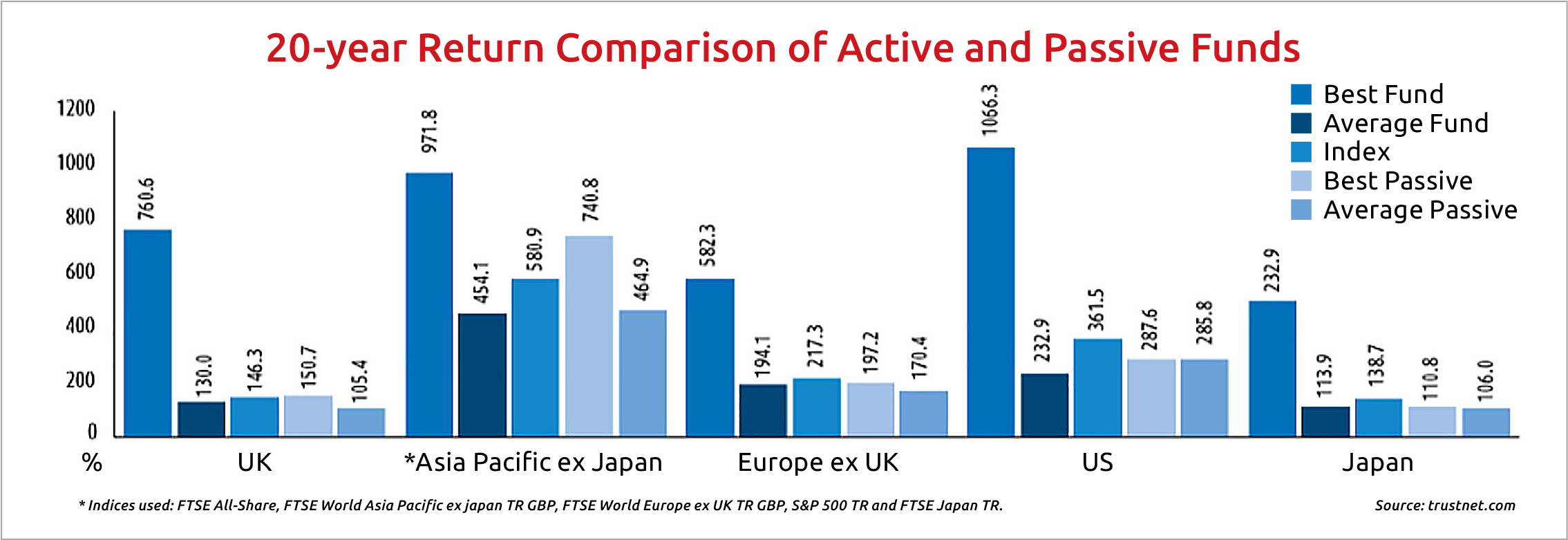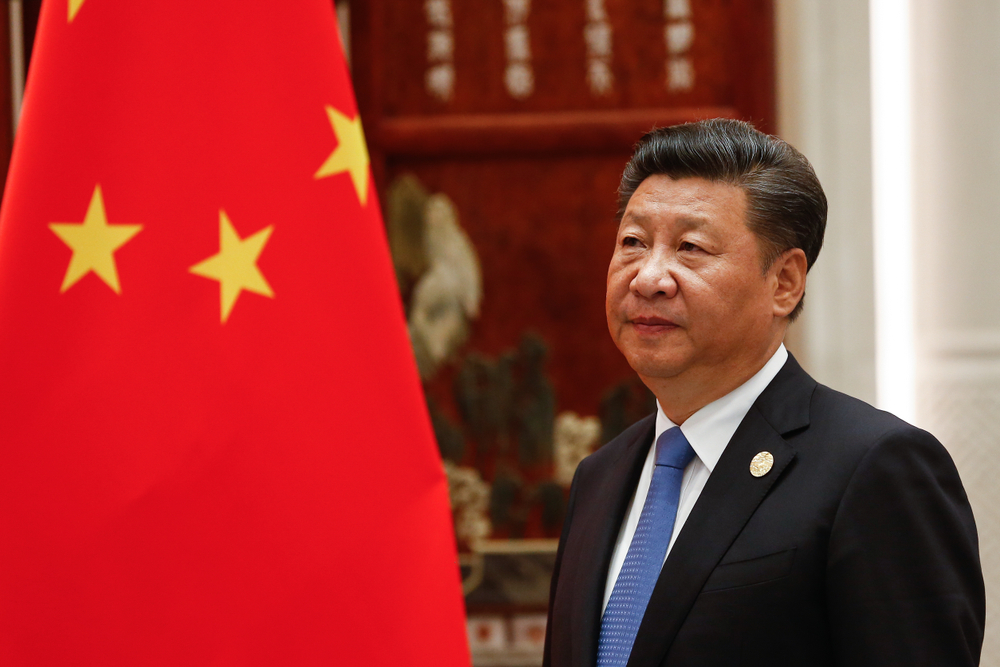Active vs. Passive Investing

Business owners often wonder: if they were to sell their business, what would they do with their money? To answer this question, an understanding of passive vs. active investing would be helpful. Les Nemethy and Francois Lesegretain start by defining terms, analyzing some relevant statistics, and looking at some implications of the rise of passive investing.
Passive investing first became part of the American investors’ portfolio in 1976, when John Bogle, then CEO of Vanguard, enabled retail investors to buy a basket of stocks that represented the market without buying every single stock. It was a revolutionary idea at the time.
While active investing is the art of picking stock in the hope of beating the market, passive investing is a long-term strategy that removes the investor from the need to pick stocks. Instead, he or she can buy a fund (e.g., an Exchange Traded Fund, commonly referred to as an ETF or a mutual fund). For example, there are ETF’s that reflect the performance of the S&P 5000, or the Russell 2000, emerging market indices, Junior Gold Miners, etc.
Sometimes the weightings are tied to the weightings of the stocks within the index; sometimes, the fund manager decides on weightings. The investor must still determine what asset class he or she wishes to purchase and then buy into a passive investment vehicle. The managers of the vehicle purchase and sell the individual securities to make sure they conform to the fund’s policy. The investor still has a significant responsibility here because choosing an asset class (e.g., commodities, emerging markets, precious metals, etc. ) may have more effect on returns than stock picks.
Maximized Returns
While active investing is the art of picking stocks in the hope of beating the market, passive investing is an “investment strategy that aims to maximize returns by minimizing buying and selling. Index investing is a common passive investing strategy whereby investors purchase a representative benchmark, such as the S&P 500 index, and hold it over a long time horizon,” according to investopedia.com.
In September 2019, passive equity funds overtook active funds in the United States for the first time. Even activist hedge fund managers allocated some USD 50 billion to index funds in 2017, typically where an ETF may play a niche role within an activist strategy.
In today’s low yield world, paying even a percentage point or two of assets deployed on management fees may have an enormous effect on net portfolio returns. This is the main reason why passive investing outperforms active investing more often than not.
According to Morningstar, in 2019, investors saved USD 6 bln in fees by investing passively. Only 23% of active funds topped the average of their passive rivals over a 10-year period ending in June 2019. As the chart below shows, if you invest in the best activist fund, you outperform passive investing by a country mile, but if you are invested in an average activist fund, passive investment vehicles will outperform.
The passive asset management industry is dominated by Blackrock and the Vanguard Group, which had a combined asset under management of about USD 13.6 trillion in 2019. In March 2021, BlackRock hit an all-time high with USD 9.01 tln in assets under management, according to pionline.com. The trend towards passive management is expected to grow further.
‘Free Riders’?
Imagine if every publicly listed company were 100% owned by truly passive investors. There would be nobody to exercise shareholders’ rights and provide corporate governance. In this respect, you might say that passive investors are “free riders” of the financial system.
However, there is some evidence that passive managers are becoming more active in environmental, social, and governance decisions within their holdings, Morningstar.com reports.
Nevertheless, when the “Big Three” (BlackRock, Vanguard, and State Street) are the largest shareholders in 88% of S&P 500 firms, it raises systemic questions as to whether these entities are “too big to fail.” One also has to wonder how effectively they can exercise corporate governance, each being invested in many hundreds of entities.
Every investor has to decide on the optimal mix between passive and active investing, depending on their knowledge of finance and markets, time available, etc. Practically speaking, it is a relief for most individuals that relatively good returns may be reached (e.g., outperforming most active investors) by investing in passive funds that save time compared to active stock-picking and save money compared to investing in active funds.
However, if your objective is to beat the market, make your own investment decisions or seek out the best possible active manager and take your chances.
Les Nemethy is CEO of Euro-Phoenix Financial Advisers Ltd. (www.europhoenix.com), a Central European corporate finance firm. A former World Banker, he is author of Business Exit Planning (www.businessexitplanningbook.com) and a past president of the American Chamber of Commerce in Hungary.
This article was first published in the Budapest Business Journal print issue of June 4, 2021.
SUPPORT THE BUDAPEST BUSINESS JOURNAL
Producing journalism that is worthy of the name is a costly business. For 27 years, the publishers, editors and reporters of the Budapest Business Journal have striven to bring you business news that works, information that you can trust, that is factual, accurate and presented without fear or favor.
Newspaper organizations across the globe have struggled to find a business model that allows them to continue to excel, without compromising their ability to perform. Most recently, some have experimented with the idea of involving their most important stakeholders, their readers.
We would like to offer that same opportunity to our readers. We would like to invite you to help us deliver the quality business journalism you require. Hit our Support the BBJ button and you can choose the how much and how often you send us your contributions.









